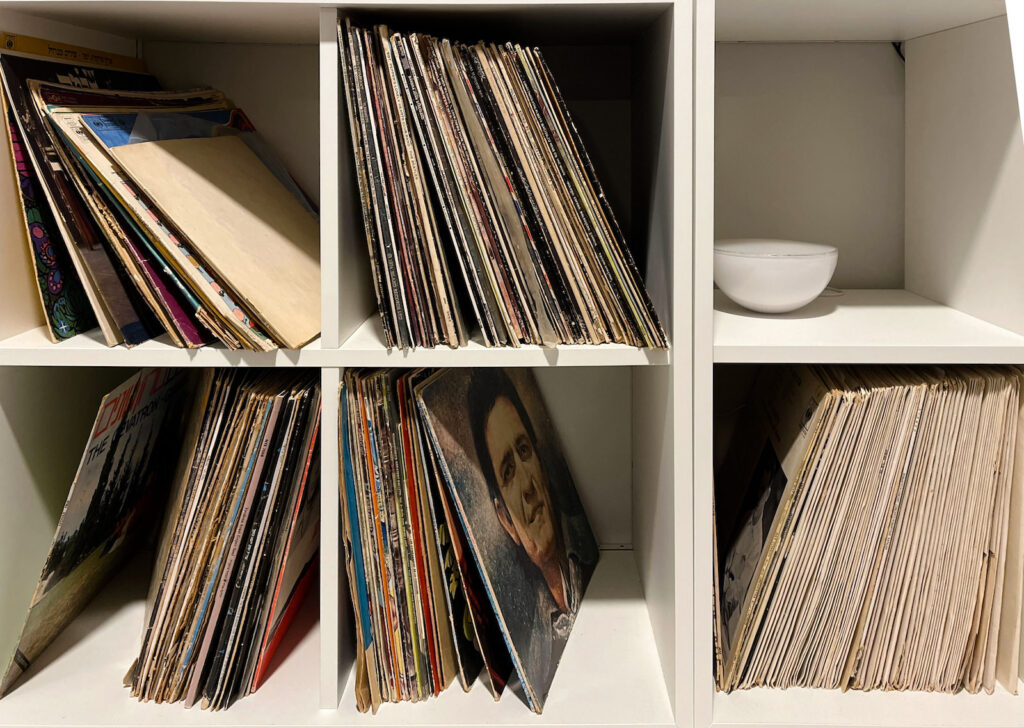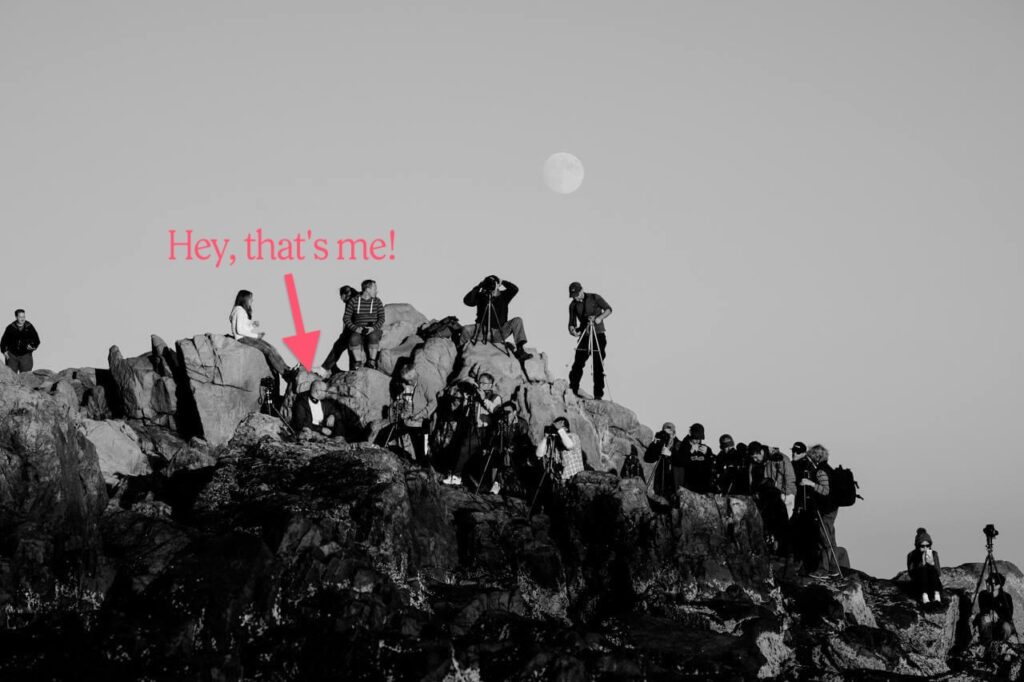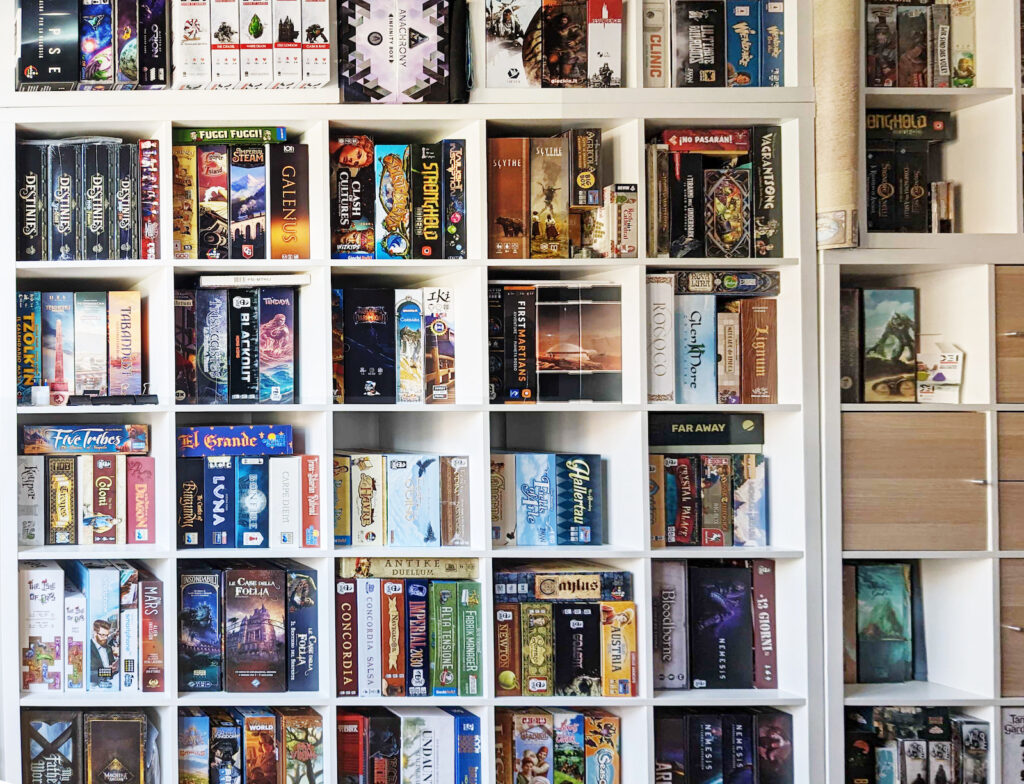Photography can be an incredibly rewarding profession, but it can also become overwhelming. For many photographers, burnout is an inevitable part of the job. But it doesn’t have to be that way. With the right strategies and mindset, you can avoid burnout and stay energized and engaged with your photography business. In this article, we will tackle this topic, which I am sure, since you are reading, is of concern to you. We will discuss:
- What burnout is precisely
- Signs you might be experiencing burnout as a photographer
- Some self-care tips to help you cope with burnout
- Creativity boosting advice for when you feel stuck
Let’s get to it!
What Is Burnout?
Before you can identify if you are going through it, we need to define what burnout is exactly. Burnout is a state of physical, mental, and emotional exhaustion caused by excessive and prolonged stress. It is often characterized by feelings of cynicism, detachment, and lack of accomplishment.
This is not something typically medically diagnosed. But burnout can affect your physical and mental health if you don’t acknowledge or treat it. The main reasons for burnout are:
- Unmanageable workloads
- Unfair treatment at work
- Confusing work responsibilities
- Lack of communication or support from managers
- Immense deadline pressure
Unmanageable workloads
Unmanageable workloads can be one of the biggest contributors to burnout among photographers. Busy schedules, tight deadlines, and numerous projects can quickly lead to feelings of exhaustion, frustration and stress. One way to battle this part of the equation is to use a proper CRM designed for photographers. There are many out there, like Studio Ninja, Sprout Studio, Tave, and ShootQ to name a few.
Unfair treatment at work
This one might be the least common as a photography business owner, since you are not reporting to someone else. At the same time, you likely can still treat yourself better by doing things like getting massages, or taking time off.
Confusing work responsibilities
Again, like the previous, you basically defined your responsibilities. But that does not mean you have to be responsible for everything. Consider outsourcing areas that are too stressful or mundane for you. Consider getting help from assistants, second shooters, and even virtual assistants. Consider album designers, photo editors, and even cleaning companies to keep your studio or home studio clean.
Lack of communication or support from managers
Like before, as the photography business owner, this is less about how you are communicated to and more about how you communicate. If you need to know something from your staff, ask. If you need advice from someone, ask. If an event planner isn’t clear, ask for clarity. Communication is essential, so you don’t get the feeling of the unknown.
While you are your manager, you don’t have to work alone. Whether you hire someone in-house or assistants and outside services to help, remember that giving up control have help to reduce and even prevent burnout.
We understand the desire to be a perfectionist, but you can maintain your control but still not be responsible for every task in your business.
Immense deadline pressure
This one is the hardest to tackle as a photographer. But there are ways. Having a proper CRM can help, of course. But also preparing your calendar ahead of time and knowing when you want days off will help keep jobs off your plate at those times. Try using a tool like Calendly or zcal to help ensure no one books you on days you need clear. Tools like those can also ensure gaps between jobs, so the pressure is reduced or removed.
Signs You Might Be Experiencing Burnout
Burnout is a common problem for professionals in any industry, but especially those with creative outlets such as photography. As the demands of your photography business and life increase, it’s important to recognize the signs that you might be experiencing burnout, so that you can take steps to avoid it. Here are some telltale signs that it’s time for a break:
If you struggle to stay motivated or feel creatively blocked even when completing tasks you would normally enjoy, this could be a sign of burnout. Similarly, if basic tasks become more difficult than they should be or take longer than they normally would, fatigue and exhaustion may be taking their toll. Additionally, if you start to feel overwhelmed by small tasks or frustrated about the usual photography issues, such as the photo culling process, batch editing your photos, or replying to new leads, then this is typically a sign of stress buildup.
The Mayo Clinic has a list of questions you can ask yourself to determine if you are suffering from burnout. Here are some of those questions.
- Have you become cynical or critical in the workplace?
- Do you drag yourself to work and have difficulty getting started?
- Have you been irritable or impatient with employees, colleagues or clients?
- Do you lack the energy to consistently be productive?
- Do you find it difficult to concentrate?
- Do you lack satisfaction with your achievements?
- Do you feel disillusioned about your work?
- Have you changed your sleep habits?
- Are you troubled by unexplained headaches, stomach or bowel problems, or other physical complaints?
If you answered yes to a bunch of those questions, then you likely have been, or are currently living with burnout.

Practical Tips for Self-Care
First and foremost, please know that we at Imagen are not medical professionals. But we are human, and like you have at one point been faced with burnout. So consider this advice as a real world experience. One additional thing, before diving into some practical self-care tips, is that we recommend talking to a therapist. Sitting down once a week, even virtually, with a therapist to discuss what is happening in your life and business can relieve anxiety, stress, and pressure. Many times therapists can offer treatments designed specifically for you.
With that said, here are some of our real-world tips for self-care for burnout.
- Talk about things with someone. Whether it’s a therapist, a spouse, a friend, or another photographer.
- Go to sleep earlier and try to sleep later. Lack of sleep can intensify your feelings.
- Try relaxing with yoga, meditation or something else that gives you time to just breathe. Yoga can be a great way to start your day or week.
- Work your muscles with some form of exercise, even if that includes brisk walks. It is amazing what a workout can do for your mental health.
- Change your diet up a little. If you typically eat the same foods over and over, try other options. You don’t have to change everything all at once, but add some variety.
- Take a break and get a haircut, your nails done, a massage, or a go to stretchologist. Take care of yourself by letting someone take care of you.
How to Recharge Your Creativity
Now you understand what burnout is, what the signs are, and how to combat it with self-care. But what about the creativity part of the equation, which usually gets stuck or goes downhill a little while you deal with the burnout? What should you do about it? Let’s talk about creativity now, shall we?
Here are seven ways to boost your creativity while you take a break from the day-to-day to recharge your mind.
Change Your Environment
Trying out different environments is a great place to start. By changing the environment, you take photos in, and even the place where you work. You’ll be invigorated by new and exciting ideas. You may even find that these changes bring out aspects of your photography that were lying dormant before!
You could even try photographing at different times of day or in different weather conditions. If you’d like to get adventurous, why not try traveling somewhere completely new?

Listen to Music
Listening to music is one of the best ways to help photographers recharge their creativity and get into the right mindset for taking stunning photos. Music can have a profound effect on our creativity, allowing us to tap into new perspectives that we wouldn’t have thought of had we been sitting in complete silence. You might have your go-to music selections and playlists. But trying something you may not have usually gone for at first.

Classical and jazz can have a very interesting impact on your brain and thought process. Experiment with different types of music until you find something that works well with your creative process.
Listen to Imagen’s playlist, Focus On What You Love on Spotify, Apple Music, or YouTube.
Read Something New
One great way to refresh your creativity is to read something new, as it can open up the mind, allowing us to explore and discover ideas we would not have otherwise considered. It can also help us connect concepts and form unique visual representations of what we imagine or learn from our reading.
For photographers specifically, reading about the history of photography or biographies of famous photographers can be a great source of inspiration. By examining the work and processes used by other photographers, we can start to understand how their work has evolved over time and how it relates to our own practice. Additionally, delving into writings on technique or creative approaches may give photographers valuable insight into new ways to approach their craft.
Spend Time Outside
Spending time outdoors is one of the best ways to boost creativity. Fresh air and nature have one of the biggest impacts on your brain. By taking a break from indoor activities, like choosing your best photos while sitting at a desk, and spending more time in nature, you can reset your creative juices and see photography in a whole new light. Literally.
It doesn’t have to be an elaborate outing. Getting outside for some fresh air, and enjoying greenery will help restore mental clarity so you’re ready for your next creative endeavor. Take a look at the environment around you with different eyes: look for unique angles, unusual lighting, or any other opportunities that could add something special to your photos.

New or existing hobby
What are you interested in besides photography? Taking up a new hobby or revisiting an existing one can be the perfect way to help you break out of your creative rut. A great place to start is by finding a hobby that will stimulate your creative juices, such as painting, sketching, woodworking or even something more traditional like knitting. All these activities involve problem-solving skills and require you to think outside the box. This can help expand your thought process and give you new perspectives when it comes to taking photographs. Not only that, but it can also provide an outlet for those moments when inspiration is lacking, and will leave you feeling energized and motivated again.
For me, it’s picking up my guitar, but also learning and practicing karate. Want to hear from others? See what John Branch IV, Susan Stripling, Fer Juaristi and Charmi Patel-Pena do outside photography.
Reconnect with Old Friends
This next one might be the one you would least suspect as a helpful way to boost creativity. But a helpful way to recharge your creativity as a photographer is by reconnecting with old friends. Having conversations with those who have known you for years can provide new inspiration and help bring out your creative side.
Old friends may also remind you of past experiences, which can help create new perspectives or jumpstart the development of original ideas for projects. Reconnecting with old friends will also give you the opportunity to relax, take a break from your photography duties, and reassess your goals as an artist.
Grab dinner, coffee or a drink with friends. Play some board games Consider even using that time, not thinking about your business, and just enjoying the moment.

Try a new lens
It wouldn’t be right to leave out one of the more obvious things you can do as a photographer. Experimenting with different lenses can be an effective way to recharge your creativity and breathe new life into your work.

Using a lens with features such as a greater aperture range for low-light scenes, or a better zoom lens, can open up possibilities for more dynamic compositions. The increased flexibility can make all the difference in creating unique looks, allowing you to explore new angles or vantage points that may not have been possible before with your existing lenses.
Or maybe it is something more unexpected, like a tilt-shift lens, or an anamorphic one, like Maciej Suwalowski demonstrated in the video below.
What Imageners Do to Combat Burnout
Inside the Imagen Community we asked Imageners what they do to combat burnout. Here were a few of the answers.
- Keri-John Lovell says she coaches a rugby team because hobbies that are not photography-related are vital for her to refresh.
- Joy Yagid says she goes on hikes as being outside resets her.
- Mary Reeder Aulick says she strategically scheduled time off throughout the year, away from her computer and camera, so she can spend time with family.
- Jose A Hoyos says he disconnects from technology and resets by going outdoors and spending time with his family.
Conclusion
As a professional photographer, you may have experienced the feeling of burnout from your business. The constant pressure to deliver high-quality services and keep up with industry trends can be overwhelming, leading to stress and exhaustion. But as you have learned, it is possible to manage this burnout and find relief. In this article, we have provided you with the knowledge needed to recognize and combat burnout.
Experiencing burnout is a normal part of life. As I’m sure you already know, life can be difficult, sometimes even over-the-top level difficult. Burnout happens to so many people, in various industries. If and when it happens to you, it does not mean you are doing something wrong, or that you are not good at what you do. It simply means you need a way to manage and prevent it.
Now it is up to you to fight the battle, and enjoy your time as a photographer, and photograph business owner.
Combatting Burnout with Imagen
Listen, in 2022 Imagen saved over a million hours from manual editing across the community. On average, that is over 10 days for every Imagener.
Think of the downtime, decompression for vacation and holiday you can have by using Imagen in your post-production workflow.
We are here to help with the tedious parts of your photography business, so that you can focus on what you love.
Imagen has helped many photographers struggling with burnout. Let us show you how we can help you too.
Featured image by Rocio Vega and edited with her Talent AI Profile, Momenticos B&W.


